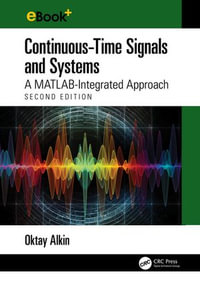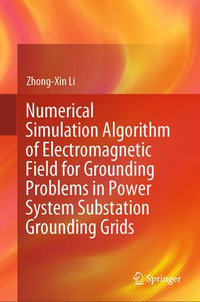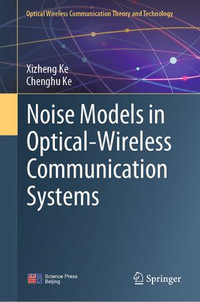
eTEXT
Radio Wave Propagation
An Introduction for the Non-Specialist
By: John A. Richards
eText | 22 January 2008
At a Glance
eText
$84.99
or
Instant online reading in your Booktopia eTextbook Library *
Read online on
Desktop
Tablet
Mobile
Not downloadable to your eReader or an app
Why choose an eTextbook?
Instant Access *
Purchase and read your book immediately
Read Aloud
Listen and follow along as Bookshelf reads to you
Study Tools
Built-in study tools like highlights and more
* eTextbooks are not downloadable to your eReader or an app and can be accessed via web browsers only. You must be connected to the internet and have no technical issues with your device or browser that could prevent the eTextbook from operating.
ISBN: 9783540771258
ISBN-10: 3540771255
Published: 22nd January 2008
Format: PDF
Language: English
Publisher: Springer Nature
You Can Find This eBook In
This product is categorised by
- Non-FictionSciencePhysicsElectricity
- Non-FictionEarth Sciences, Geography, Environment, PlanningEarth SciencesGeology & The Lithosphere
- Non-FictionSciencePhysicsClassical MathematicsWave Mechanics including Vibration & Acoustics
- Non-FictionEngineering & TechnologyElectronics & Communications EngineeringElectronics EngineeringMicrowave Technology
- Non-FictionEngineering & TechnologyElectronics & Communications EngineeringCommunications Engineering & TelecommunicationsRadio Technology























